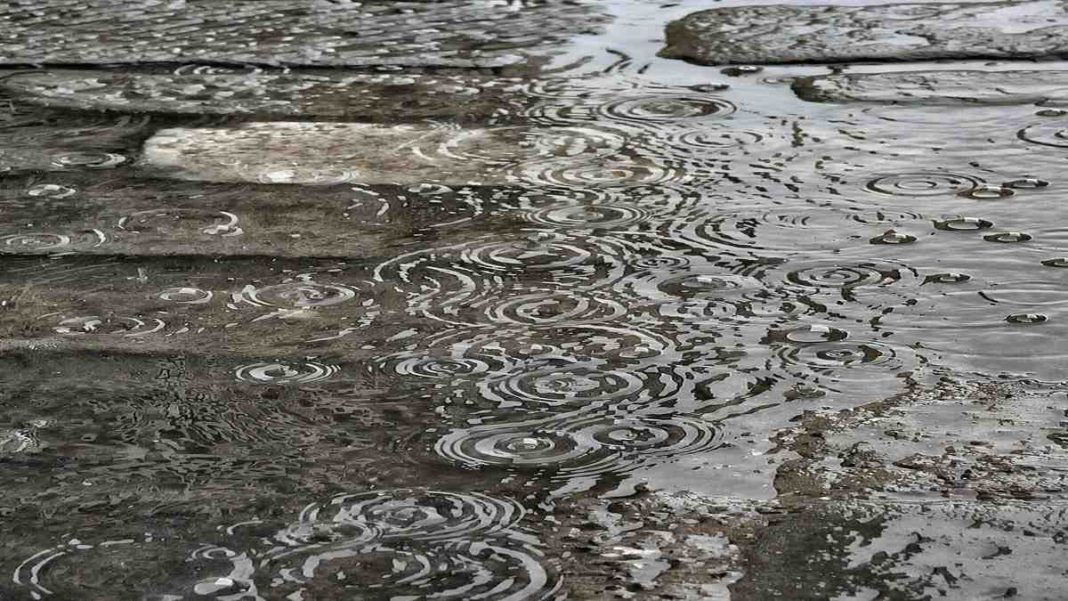NEPAL: The eastern region of Nepal has been affected by heavy rains, leading to devastating consequences including the loss of one life and 25 individuals reported missing. Flash floods and landslides have caused significant damage, including the destruction of the Hewa River project. The recent tragedy marks the first confirmed fatality since the onset of the annual monsoon season last week.
Efforts are underway by the police to locate the missing individuals in the Taplejung and Panchthar districts, which are situated along the eastern border with India. Nine people were reported missing due to flash floods and landslides. Continuous rainfall has resulted in disrupted road connections to Taplejung, with four individuals missing, and two bridges on the Mechi highway have been washed away.
Rescue operations have been hindered by the heavy rains, preventing access to 20 homes in the steep Sidingwa village, situated between China and India. The monsoon season, which commences in June and extends until September, annually triggers floods, causing extensive damage to villages, agriculture, and infrastructure.
In response to the situation, Prime Minister Pushpa Kamal Dahal has instructed a comprehensive overhaul of search and rescue efforts, emphasizing the importance of collaboration between security services, national service members, and the public. Expressing condolences for the property damage caused by the floods, the Prime Minister has urged citizens to actively contribute to resolving the crisis.
The National Disaster Risk Reduction and Management Authority has projected that approximately 1.25 million people, across 1.288,000 households, will be affected by the monsoon this year. Adversely impacted regions include Madhesh and Koshi provinces, with an estimated 400,000 and 300,000 affected individuals respectively, as well as Lumbini, Bagmati, Sudurpaschim, Gandaki, and Karnali provinces, accounting for approximately 200,000 people.
Last year, nearly 2 million individuals were affected by similar disasters.
To address the ongoing challenges, the Nepal Disaster Risk Reduction and Recovery Mission (NDRRMA) has approved an action plan encompassing disaster management, search and rescue operations, relief supply distribution, and risk assessment related to the monsoon season.
The Department of Hydrology and Meteorology has forecasted lower precipitation levels this year, potentially leading to higher maximum temperatures and associated losses. The monsoon season typically commences in June, lasting approximately 100 days in Nepal.
Monsoon clouds made their arrival in Nepal on Wednesday, a day later than the usual schedule. The Meteorological Forecasting Division anticipates that it will take several days for the monsoon to engulf the entire country, as the clouds generally cover the nation within a week.
As the monsoon progresses, rainfall is expected in districts of Koshi Province, eastern Madhesh Province, Bagmati Province, and Gandaki Province. The monsoon season officially commenced on June 13 and is set to continue until September 23. Last year, the monsoon arrived eight days ahead of schedule, leading to widespread rainfall across various regions.
Also Read: Nepal Plane Crash: The Deadly Crash Leaves No Survivors



